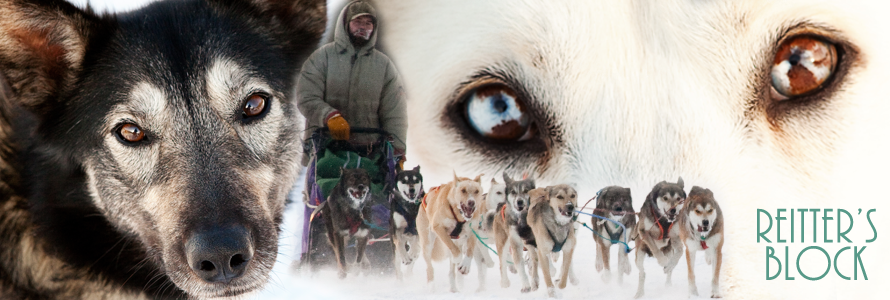Fifty one races, fifty years of long distance mushing. It's the dawn of a new era judging by the small entries with many familiar faces choosing to step away from a race they've dominated for - at least this blogger's - lifetime. Gone from the roster are the names King, Buser, Zirkle, Jonrowe, and even Seavey. Sure, we still have Redingtons, Smyths, and there's a Mackey in the mix, but none have captured the same amount of media and fan attention and now they're in the spotlight by default. New names, up and comers, and perennial hopefuls are all poised to take their mushing to the next level in a competitive field all its own.
In the days ahead will discuss and analyze the field, but for now let's just run down the entire roster with links to their websites and social media.
Thirty-three teams are currently prepped and drop bags delivered for the race with twenty-four veterans and nine rookies in the mix. There are twenty-five men, and eight women in that pool. Among the veterans are two past Iditarod champions (including the reigning champ). Three of this year's rookies have unfinished business with the race having had to scratch in the Topkok Hills last year.
The bib draw is on March 2, so until then the mushers are listed in sign up order. I will be in Anchorage March 2 so the list with bib numbers may not be updated right away depending on how strong our wifi is (AND where we are/what we're doing that night as I will not be at the banquet). I've done my best to connect the musher with the kennel they're running out of. Most are running their own dogs but there are still that handful of mushers who have leased a team or are handlers being sent out to take another musher's team to Nome. As always if you see something that needs correcting let me know so I can keep everything as accurate as possible!
Oh, and don't forget to research these teams as you pick your Fantasy Mushing team - if you're looking for a pack to join you can always join the Iditafans pack! Alright, without further adieu, here's our class of 2023 Iditarod mushers!
Musher Roster
Who are you cheering for? Who do you have on your fantasy team? Comment below with your picks and your favorites! And, as always, if you like what you see and want to support my addiction (I mean HOBBY) of following these races and stalking (I mean cheering on) the mushers, you can buy me a slice of pizza (that really goes to paying for my internet/web expenses).





